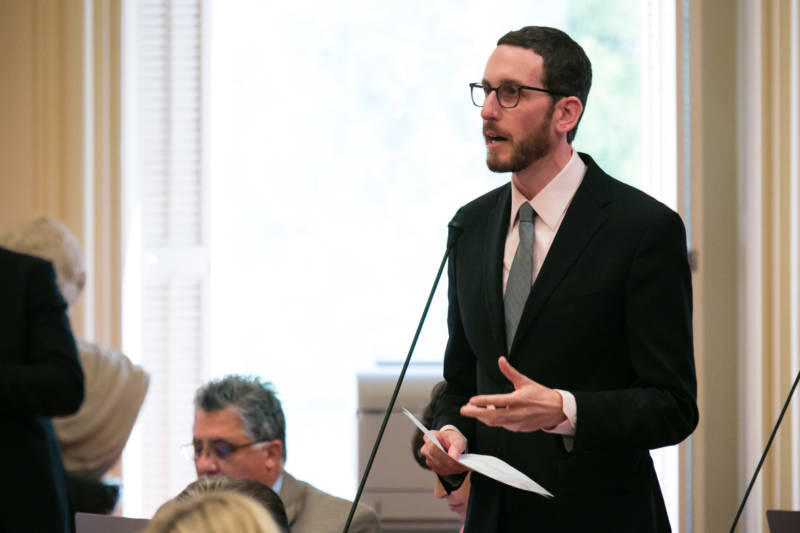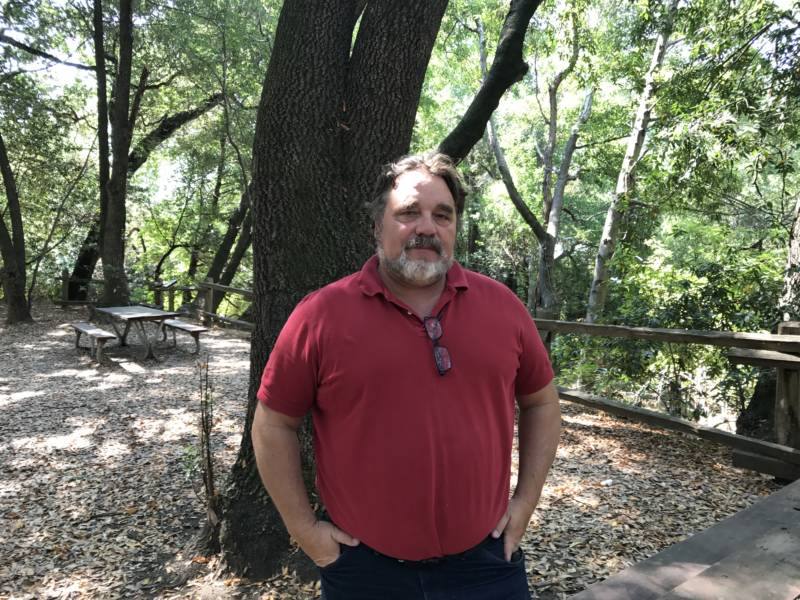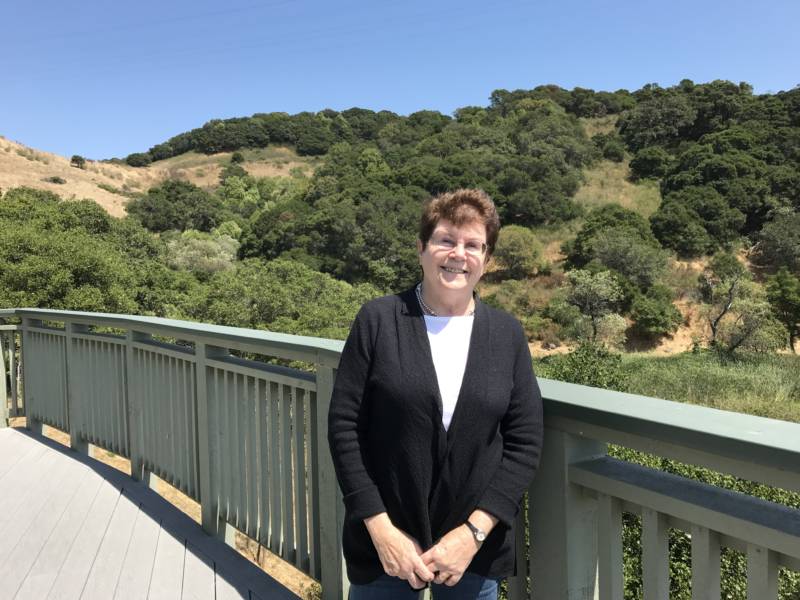Some people, such as
YIMBYs, advocate building lots more housing in San Francisco. Their basic argument is:
Housing in SF is the priciest in the country, with the average one bedroom apartment renting for over $3,000 per month (compared to the nationwide average of $1,200.)
The main reason rents are so high is because the supply of housing has been artificially restricted — new developments are constantly getting blocked by land use regulations and neighborhood associations. Meanwhile, demand to live in SF continues to rise. And since supply is not keeping pace, rents go up, as a growing number of would-be tenants outbid each other for the limited housing available.
Therefore, it’s important that we find a way to increase the rate at which we’re building new housing in SF, or it will be a city in which only the rich can afford to live.
I’ve been trying to understand why others are critical of this argument. I think there are three main areas of disagreement between what I’ll call the advocates and the critics, and I’ll briefly explain each in turn. (Note that I’m trying to present the strongest version of each argument, which may be different from the most common version.)
Disagreement #1: Would adding new housing have a noticeable effect on prices?
Critics are pessimistic about our ability to rein in housing prices in SF by increasing supply. Some simply reject or ignore the economic argument, and deny that there’s any reason to think supply would affect prices.
But the more thoughtful critics concede the advocates’ basic economic argument — that, all else equal, increasing housing supply should slow the growth of prices. Nevertheless, they’re pessimistic because they hold some combination of the following views:
Effect of supply on price is small. Critics argue that supply only has a small effect on prices, and that effect is swamped in the long run by the much larger effect of demand on prices. So even if SF adds a lot of additional housing, prices will still rise almost as quickly as they would have anyway, as long as demand to live here continues to soar. This view is mainly based on examples of other desirable cities, like New York or Singapore, which have built new housing at a faster rate than SF but nevertheless saw steep increases in price.
[i]
Don’t trust studies. Advocates often cite quantitative analyses that try to estimate the effect of supply on prices. (For example,
this one estimates that adding 5,000 new units each year would be enough to stabilize real prices.) But critics are more skeptical of such analyses, pointing out that they inevitably make major simplifying assumptions, and that it’s all too easy to set up an analysis to get the conclusion you want.
Effects are regional. Critics point out that the relationship between supply and prices is much weaker at the local level than the regional level. So it’s unclear whether we can reduce prices within SF itself by building more housing in SF. (I think many advocates don’t dispute this, actually — they just reply that reducing regional prices would be a great outcome.)
Induced demand. Critics worry that building new housing could actually backfire by creating new demand. If we build nice new buildings in SF, that will make the city overall a more attractive place to live, causing more outsiders to want to live here, and putting upward pressure on prices.
[ii](Interestingly, advocates seem to be split on whether the “induced demand” scenario is
incoherentor merely
unlikely.
[iii])
Disagreement #2: Does new housing help poor tenants?
Many critics argue that any new housing built in SF would be high-end, and therefore only benefit the upper middle class (e.g., programmers at Google and Facebook).
Advocates reply, “No, actually, high-end housing would also benefit poorer tenants.” They make two arguments:
Shifting demand. If wealthy tenants have an easier time finding high-end housing, they’ll be less likely to compete for mid-range housing. That will reduce demand for mid-range housing, thereby reducing its price… And so on, with the effects of increased supply at the top rippling down the spectrum of housing quality.
Filtering. Affordable homes today were once newly-built luxury homes, which then depreciated as they aged. So building expensive new housing now is how we end up with affordable housing in the future. And
evidence suggests that the faster we build new housing, the faster existing housing depreciates.
Critics are not very enthused with the filtering argument, because it won’t happen in time to help today’s generation of poor renters. I’m not sure what they think of the “shifting demand” argument, though — it seems like that should affect lower-end housing prices much more quickly than depreciation would.
But critics also worry about new housing actively hurting poor tenants, not merely failing to help them. Their concern here is displacement: poor tenants being forced to leave their current apartments. This could happen directly, via eviction, if an old building is sold to a developer and the current tenants have to leave. Or it could happen indirectly, via gentrification — an influx of wealthy people moving into new housing increases the cost of living in the neighborhood as a whole, making it unaffordable for poor tenants.
Advocates respond by pointing to studies suggesting that adding new housing in a given neighborhood is good for poor tenants in that neighborhood, and actually reduces the number of people who get displaced.
[iv] (Presumably because new housing reduces low-end housing prices enough to compensate for any cost-of-living increases and evictions.)
Critics don’t find those studies compelling. Partly that’s because the causal effects are so hard to disentangle, and the quality of the evidence is far from overwhelming.
But they also feel that even if new housing reduces low-end housing prices, that doesn’t easily make up for the harms done to the unlucky tenants who get evicted, and to the communities broken up by those evictions. (Some critics also argue that there’s no justification for building new housing in existing neighborhoods, where poor tenants will be displaced, when we could instead be building on greenfields outside of the city.)
So, to sum up: this branch of the disagreement is partly empirical, over how new housing affects low-end housing prices and the risk of displacement for poor tenants. And it’s partly about values — if we can make a neighborhood more affordable for poor tenants in the long run, but at the cost of evicting some of the pre-existing poor tenants, is that fair?
Disagreement #3: Are NIMBY objections legitimate?
The archetypal opponent of new housing is the NIMBY: a current homeowner, who benefits from development restrictions because they keep his property values high and the character of his neighborhood unchanged.
NIMBYs are being selfish, advocates argue. How can society ask poorer, younger renters to pay more for their apartments, just to protect the property values and aesthetic preferences of (statistically much richer) homeowners?
Critics disagree with the advocates here for several reasons:
Many homeowners are highly leveraged. Critics argue that the way NIMBYs are portrayed, as millionaires complaining about obstructions to their view, understates the potential harm to homeowners. For lots of homeowners, their houses are their main investment, and a highly leveraged one. If we could significantly reduce housing prices, that might be better for everyone overall, but it would deal a big blow to the main investment of a bunch of middle class people.
Neighborhood character is a public good. Critics acknowledge that NIMBYs benefit disproportionately from preserving “neighborhood character.” But they think that, nevertheless, neighborhood character might also be a public good worth preserving for others. Compare San Jose and San Francisco — don’t the ethnic enclaves of the latter make it a more beautiful city to visit?
Incumbents deserve extra consideration. Advocates tend to view the desires of current and would-be residents symmetrically, and say incumbents have no more “right” to live in SF than outsiders. But critics see an asymmetry — they assign value to community, and people’s attachment to place, in a way that advocates don’t. So they think it’s worse to displace an incumbent than to prevent a migrant from moving in (hence their greater concern with displacement, above), and they’re more willing to grant incumbents some right to steward their own communities.
(Thanks to Steve Randy Waldman, Noah Smith, Brian Hanlon, Kim-Mai Cutler, Jan Sramek, and others for helping me get a handle on this issue! Any mistakes are mine alone.)
[i] Advocates and critics often interpret the same case studies differently. For example, in Tokyo it’s much easier to build new housing than it is in San Francisco, and Tokyo’s housing prices have risen much more slowly than San Francisco’s. Seems like a point in favor of the advocates’ case, right? However, the critics counter that Tokyo’s population growth has been declining, so they chalk up the city’s (relative) affordability to low demand rather than high supply.
[ii] There’s
another version of this same argument in which all the wealthy people from outside SF moving into new housing here generate more demand for services, causing more lower-income workers to move into the city to provide those services, putting upward pressure on prices of lower-income housing.
[iii] Here’s an argument for why it’s unlikely, paraphrased from
Noah Smith and
Jeff Kaufman: “Imagine destroying a bunch of expensive apartment buildings in SF. Do you think demand for the remaining housing would fall, because the neighborhood would now be less attractive and current residents would move away? If that seems unlikely to you, then you should also think it unlikely that creating new luxury housing would cause demand to rise.” However, critics don’t buy this thought experiment. They object that there’s an asymmetry it doesn’t account for — that current residents of a city are willing to pay more to stay than outsiders are willing to pay to move there.
[iv] For example, CA’s Legislative Analyst’s Office
found “displacement was more than twice as likely in low–income census tracts with little market–rate housing construction (bottom fifth of all tracts) than in low–income census tracts with high construction levels (top fifth of all tracts).” Also see
this article by Richard Florida which summarizes some of the studies on new housing and displacement.
Editor's Note: This is the single best analysis I have read about the Housing Debate raging in Northern California. It is an absolute must read. Please share. Original article published HERE





 Sen. Scott Wiener (D-San Francisco), the author of Senate Bill 35. (Bert Johnson/KQED)
Sen. Scott Wiener (D-San Francisco), the author of Senate Bill 35. (Bert Johnson/KQED) Stephen Nestel, author of the Save Marinwood blog. (Guy Marzorati/KQED)
Stephen Nestel, author of the Save Marinwood blog. (Guy Marzorati/KQED) EAH Housing CEO Mary Murtagh, at the Drake’s Way development in Larkspur. (Guy Marzorati/KQED)
EAH Housing CEO Mary Murtagh, at the Drake’s Way development in Larkspur. (Guy Marzorati/KQED)

